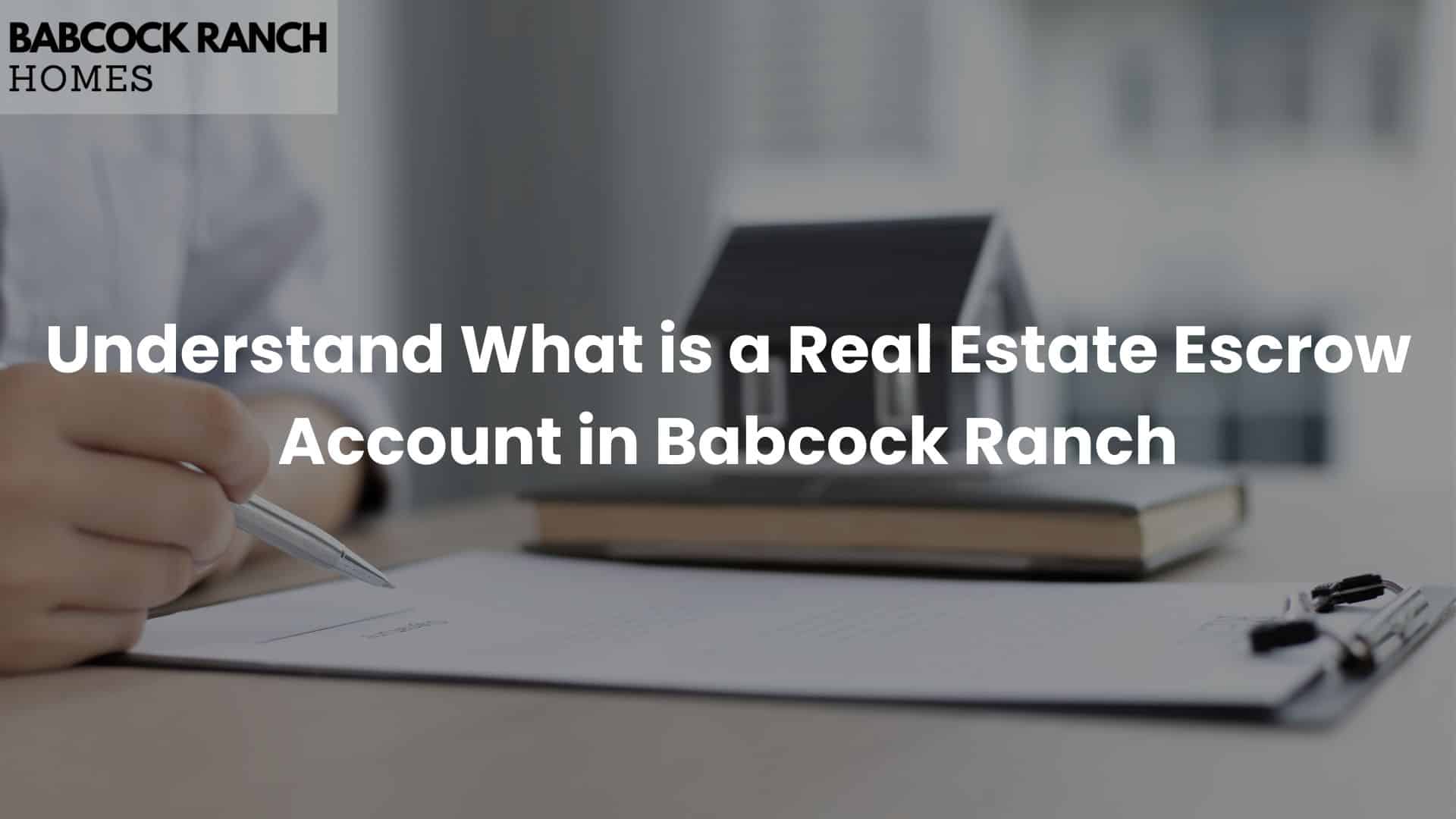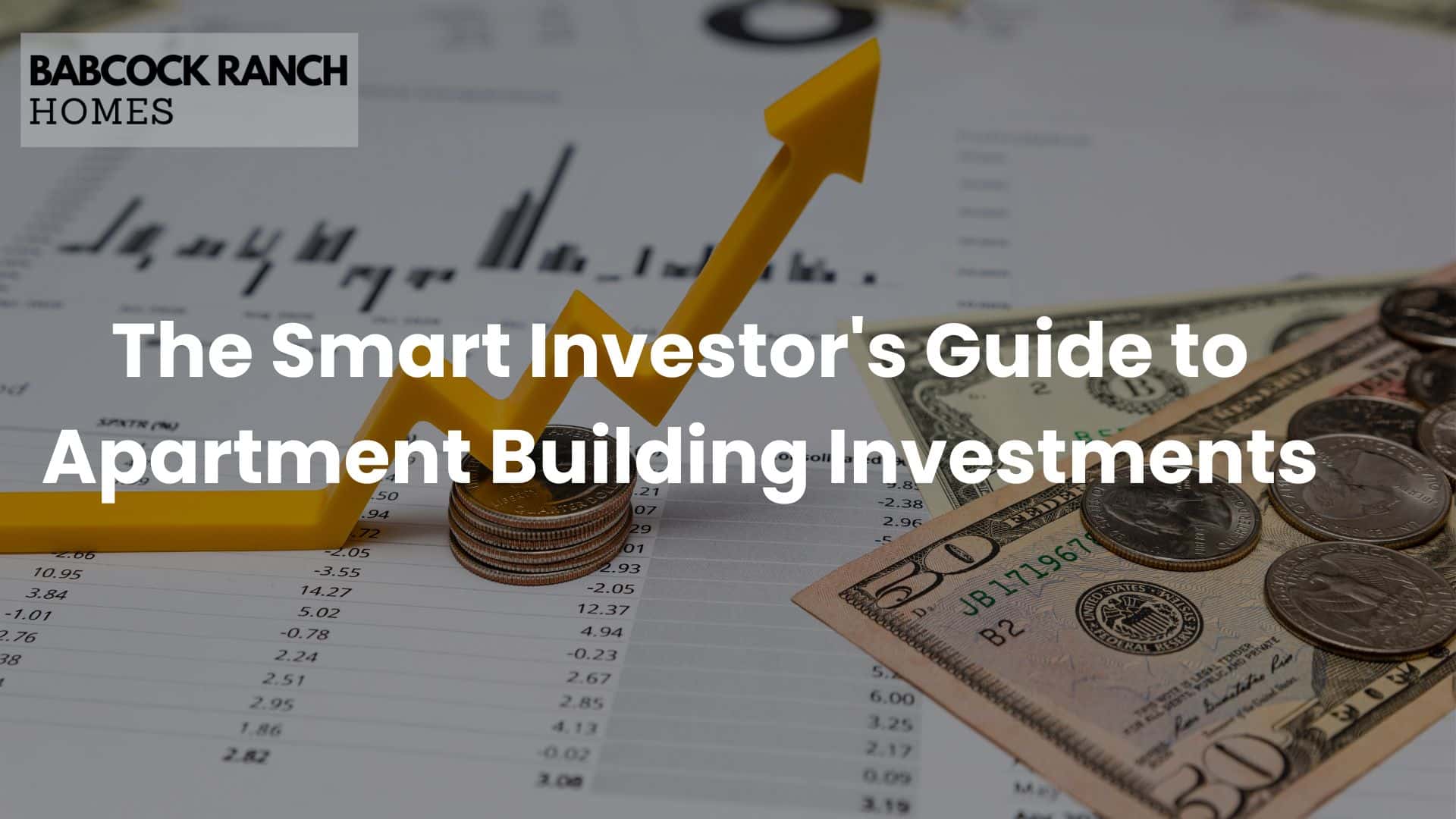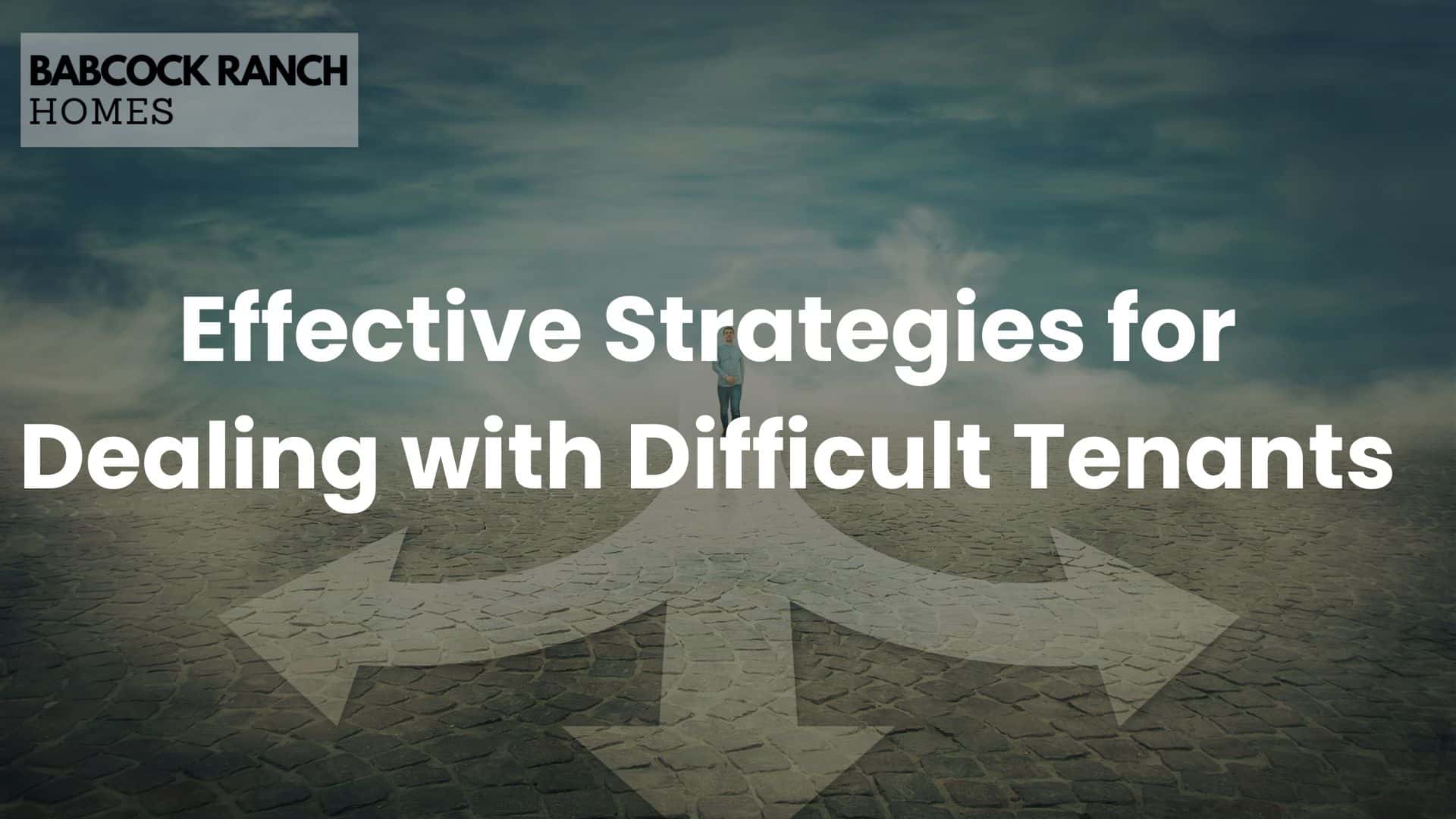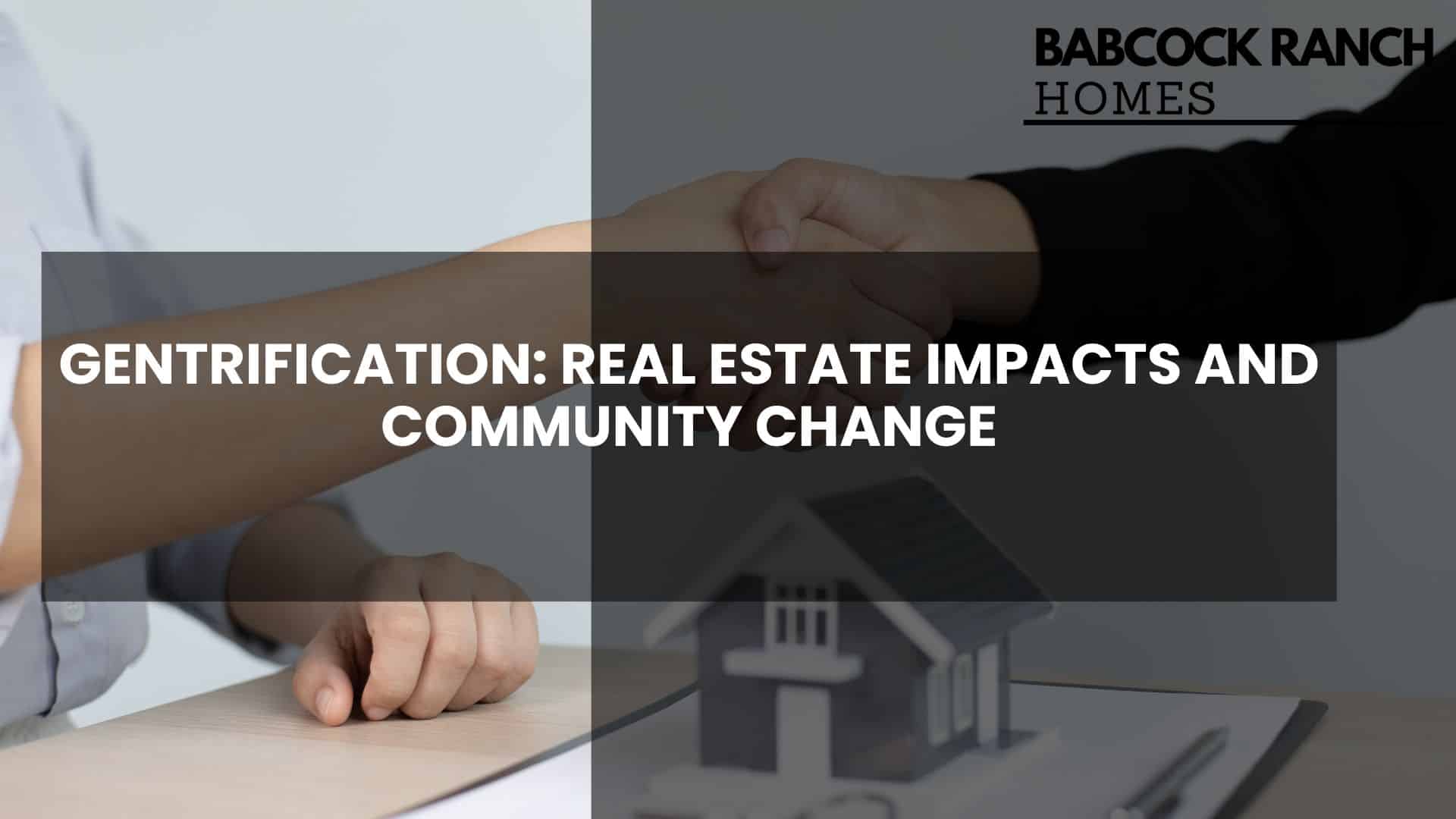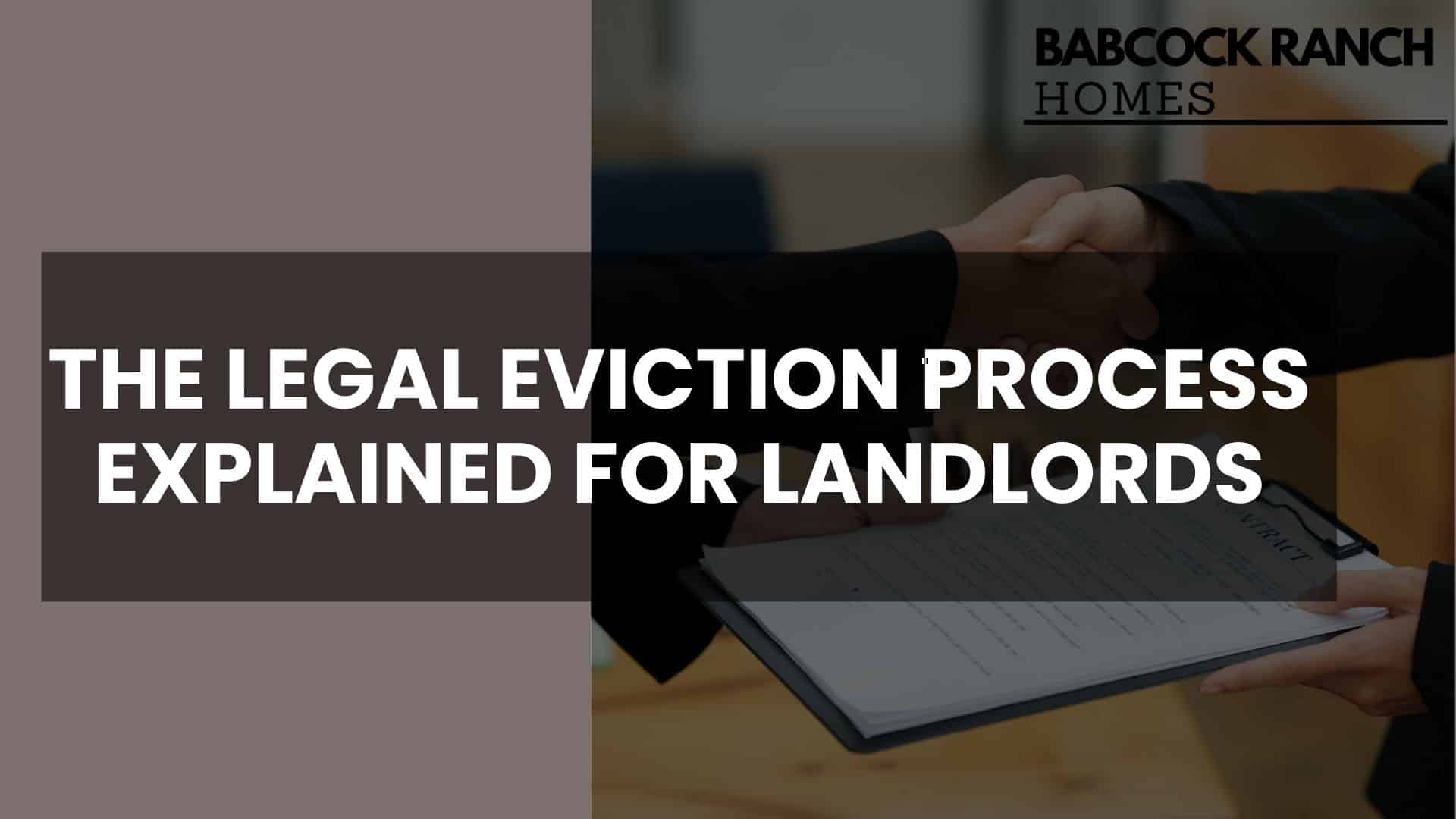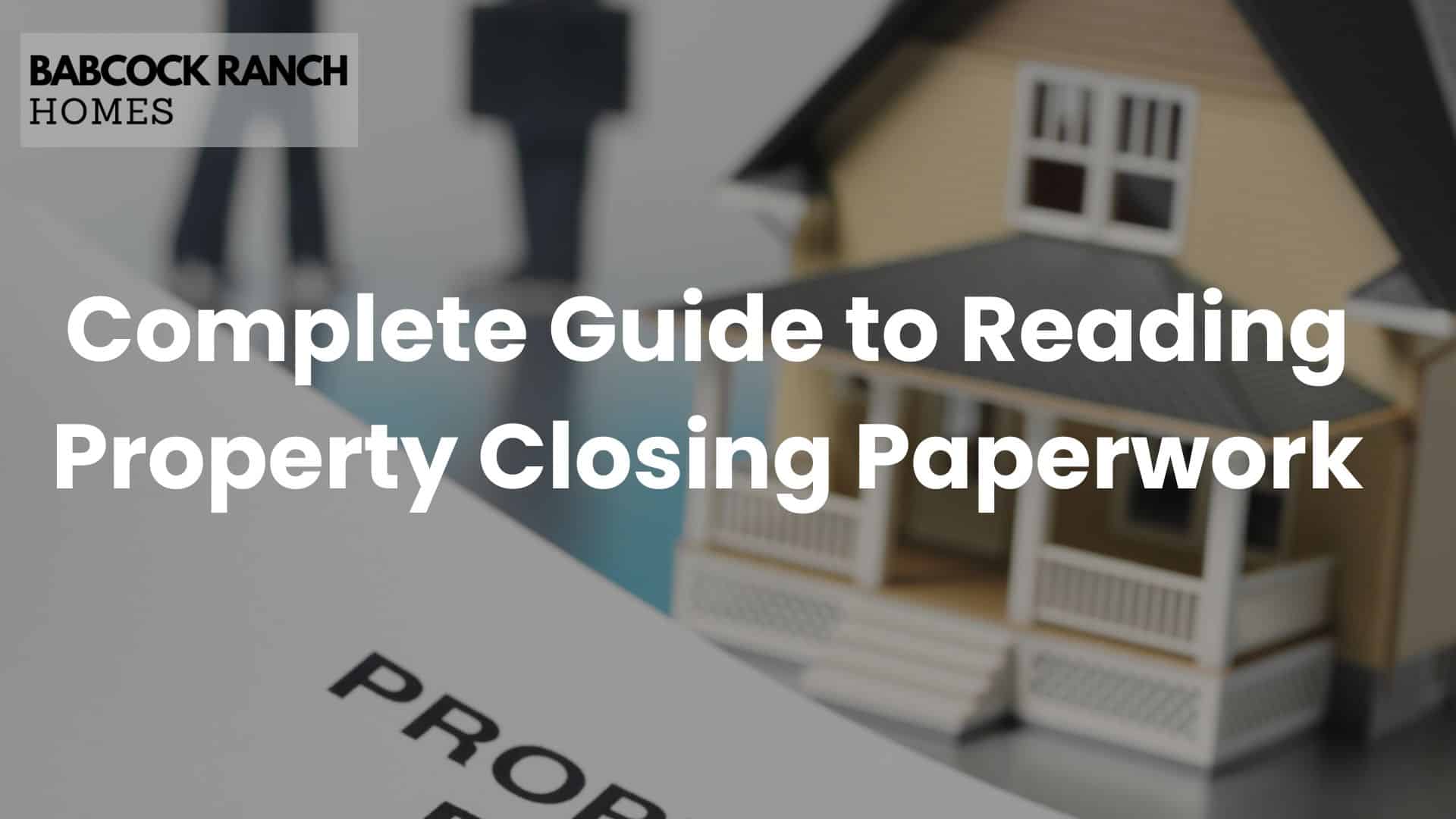With rental prices rising across many markets, tenants often feel pressured to accept higher rates. However, open conversations about leasing terms can lead to favorable outcomes for both parties. Preparation is key—understanding local trends and presenting a strong case makes a significant difference.
Researching comparable listings provides critical leverage. For example, if similar units in your area offer upgraded amenities at lower rates, this data strengthens your position. Timing discussions around lease renewals or slower rental seasons—like winter months—often yields better results.
Experts like Adie Kriegstein, a NYC real estate attorney, emphasize documenting your value as a tenant. Highlighting consistent payments or willingness to sign a longer lease can incentivize property owners. Similarly, analyst Nick Disney notes that 72% of successful agreements involve creative compromises, such as trading minor upgrades for stable rates.
Babcock Ranch Homes, a Florida-based agency at 518-569-7173, assists clients in navigating these discussions. Their team analyzes current market conditions to identify ideal negotiation windows and competitive pricing.
This guide explores practical methods to approach cost discussions, from evaluating local inventory to structuring mutually beneficial lease terms. Whether you’re renting an apartment or managing investment properties, these insights help create sustainable agreements.
Key Takeaways
- Local market research provides essential leverage during discussions
- Timing conversations around lease renewals increases success rates
- Emphasizing reliability through payment history builds trust
- Flexible lease terms often lead to better long-term agreements
- Professional resources like Babcock Ranch Homes offer localized support
Understanding the Rental Market
The rental market refers to the balance between available properties and tenant demand in a specific area. Grasping this dynamic helps renters identify fair pricing and strengthens their position during discussions. Current data shows properties near public transit or with updated appliances often command higher rates—details that shape negotiation strategies.
Local Market Analysis and Rent Price Research
Start by reviewing online listings for similar units in your neighborhood. Tools like Zillow or Rent.com provide historical price trends and occupancy rates. For example, a 2-bedroom apartment in Babcock Ranch might average $1,800/month, but seasonal dips could reveal better deals during winter months.
| Amenity | Average Price Impact | Tenant Demand |
|---|---|---|
| In-unit laundry | +$75/month | High |
| Assigned parking | +$50/month | Moderate |
| Walkable location | +$120/month | Very High |
Comparing Amenities and Property Listings
Create a spreadsheet comparing features like square footage, appliance quality, and lease terms across 5-10 comparable units. Properties with fewer amenities but similar base rents become leverage points. A 2023 study found landlords adjust prices by 4-7% when presented with documented competitor listings.
Always gather written evidence—screenshots of ads or broker emails—to validate your research. This approach establishes credibility and shows you understand local valuation factors. As one Florida property manager notes: “Tenants who demonstrate market awareness achieve better outcomes than those making emotional appeals.”
Effective Strategies: how to negotiate rent
Successful lease discussions begin with thorough preparation and factual evidence. Property owners respond better to concrete data than emotional appeals, making organized research your strongest ally.

Data-Driven Negotiation Techniques
Start by collecting current pricing for similar units within a half-mile radius. Focus on properties matching your home’s age, size, and amenities. A 2024 study showed landlords adjust rates 11% faster when presented with verified neighborhood comparisons.
| Data Source | Key Metrics | Strategic Use |
|---|---|---|
| Zillow Rental Manager | Price trends | Show annual fluctuations |
| Rentometer Pro Reports | Neighborhood averages | Establish fair range |
| ApartmentList Insights | Days on market | Highlight slow seasons |
Proving Your Case with Comparable Listings
Compile active listings with better amenities at similar prices. Include properties offering waived fees or included utilities. As Tampa property manager Lila Torres advises: “Tenants who present three verified alternatives typically secure better terms.”
Structure your findings in a simple comparison chart. Emphasize how your proposal benefits both parties, like offering lease extensions in exchange for rate stability. This approach transforms negotiations into collaborative problem-solving.
Always maintain professional communication. Schedule formal meetings and reference your documentation calmly. Successful agreements often stem from demonstrating market awareness while acknowledging the owner’s needs.
Timing Your Negotiation for Maximum Leverage
Strategic timing transforms routine discussions into productive agreements. Property owners respond more favorably when approached during periods of market flexibility. Data from Zillow reveals 83% of successful adjustments occur when tenants initiate talks 60-90 days before lease expiration.
Identifying the Best Moments to Approach Your Landlord
Early communication establishes trust and demonstrates professionalism. RentHop studies show proposals made 8-10 weeks before renewal deadlines yield 22% better outcomes than last-minute requests. This window allows owners to assess vacancies and adjust terms without financial pressure.
| Month | Success Rate | Average Adjustment |
|---|---|---|
| December | 41% | -4.2% |
| January | 38% | -3.8% |
| June | 19% | +1.5% |
Seasonal Trends and Lease Renewal Windows
Winter months often create favorable conditions for rate discussions. Reduced demand between November and February gives tenants leverage, with 31% securing improved terms during this period according to Florida housing reports. A Tampa property manager notes: “Owners prefer stable occupancy over risking winter vacancies—this mindset opens negotiation doors.”
Aligning conversations with local leasing cycles strengthens your position. For example, college towns see increased flexibility during summer move-out periods. Always cross-reference regional trends with your specific property dynamics.
Presenting Yourself as a Desirable Tenant
Building a strong tenant profile opens doors to favorable lease terms and landlord trust. Property owners value reliability above all—83% prioritize consistent payments over higher offers according to RentPrep’s 2024 survey. Your history as a responsible renter becomes tangible proof of low-risk tenancy.
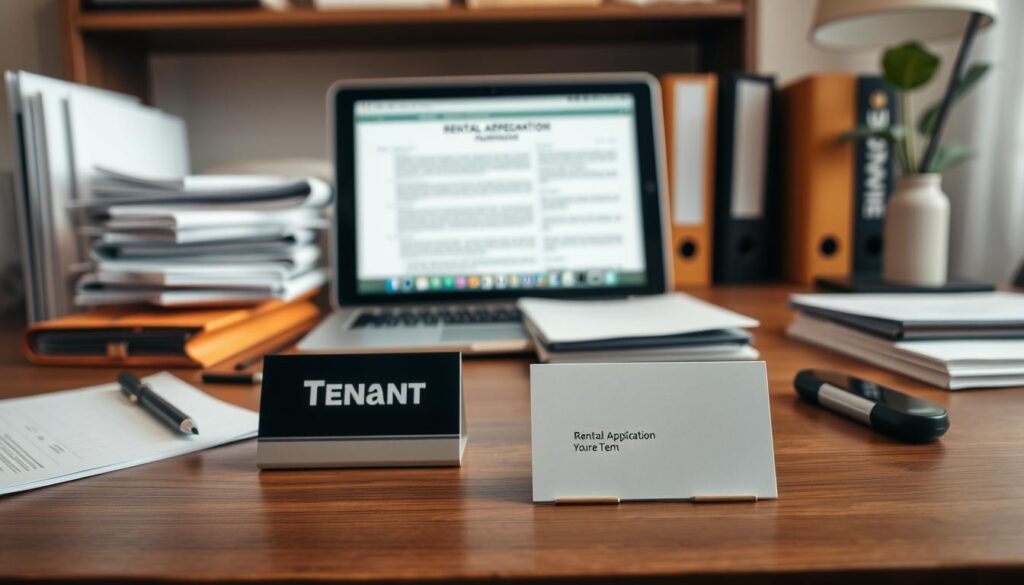
Highlighting On-Time Payments and Property Care
Showcase payment consistency through bank statements or landlord-verified records. One property manager notes: “Tenants who provide 12 months of punctual payment proof secure concessions 3x faster.” Pair this with dated photos showing well-maintained interiors from previous rentals.
Create a portfolio demonstrating care for properties. Include before/after images of minor upgrades you’ve made, like garden maintenance or appliance repairs. This visual evidence positions you as someone who protects the landlord’s investment.
Gathering References and Past Landlord Testimonials
Collect written endorsements from previous property managers. A simple template works:
- Confirmation of lease dates
- Statement about payment reliability
- Notes on property condition
Charlotte Ames, a leasing specialist, advises: “Three strong references outweigh perfect credit scores for 68% of owners.” Combine these with a brief cover letter summarizing your rental philosophy—emphasize stability and open communication.
Present this package during initial discussions. Landlords reviewing organized documentation often respond with flexible terms, knowing they’re partnering with a proven professional.
Creative Concessions and Lease Options
Flexible agreements can turn financial constraints into mutually beneficial arrangements. When standard rate reductions seem unlikely, alternative solutions often create value for both parties. Nearly 68% of property managers report accepting non-monetary concessions to retain reliable occupants, according to RentPrep’s 2024 survey.
Offering Stability Through Extended Commitments
Longer lease terms reduce vacancy risks and turnover expenses for owners. A 24-month agreement instead of 12 months typically lowers monthly rates by 5-8%, as shown in Florida housing data. Property analyst Nick Disney notes: “Landlords save $1,200+ in marketing and cleaning costs per turnover—savings they’re often willing to share.”
| Lease Term | Average Rate Reduction | Owner Savings |
|---|---|---|
| 18 months | 3% | $800 |
| 24 months | 6% | $1,500 |
| 36 months | 9% | $2,100 |
Exchanging Skills for Savings
Tenants with specialized abilities can propose service-based arrangements. Consider these options:
- Landscaping or painting in exchange for $75-$150 monthly discounts
- Handling minor repairs using licensed contractors in your network
- Providing tech support for property management systems
A Tampa tenant recently secured 8% lower rent by managing the building’s social media accounts. Such partnerships transform temporary costs into lasting value. Always formalize agreements in writing to protect both parties’ interests.
Negotiation Tactics and Communication Techniques
Clear dialogue forms the foundation of successful lease adjustments. Face-to-face conversations minimize misinterpretations that often occur through emails or texts. Studies show 78% of property managers prefer discussing terms in person, as it builds rapport and clarifies intentions.
Setting Up In-Person Meetings
Schedule discussions during low-stress periods—avoid Mondays or month-end deadlines. Bring printed copies of your research, including competitor listings and payment history. A Tampa leasing agent notes: “Tenants who book 30-minute slots during mid-morning hours receive 19% faster responses.”
| Communication Method | Success Rate | Average Adjustment |
|---|---|---|
| In-Person Meeting | 64% | -5.1% |
| Phone Call | 37% | -2.3% |
| 22% | -1.4% |
Utilizing a Polite Yet Assertive Script
Structure conversations using this proven framework:
- Express appreciation for current arrangements
- Present localized data supporting your proposal
- Suggest specific terms benefiting both parties
Sample script: “I’ve valued living here and wanted to discuss renewing under updated terms. Recent listings show similar units offering [specific feature] at [lower rate]. Could we explore adjusting my payments while extending the lease?”
Practice with a friend using role-play scenarios. Record mock discussions to identify areas needing refinement. This preparation builds confidence and helps maintain calm during actual talks.
Utilizing Market Data for Persuasion
Factual comparisons transform subjective requests into credible proposals. Property managers frequently encounter emotional appeals, but structured data cuts through noise. RentHop’s 2023 analysis revealed tenants using verified market comparisons achieve 37% better outcomes than those relying on verbal arguments alone.

Documenting Comparable Rental Rates and Amenities
Begin by filtering Zillow listings for units matching your home’s age, size, and location. Note key differences like appliance quality or parking availability. For example, a Tampa apartment with in-unit laundry might rent for $1,950, while similar units without this feature average $1,820. These gaps create persuasive benchmarks.
Compile evidence into a shareable format. Use Zillow’s Rent Zestimate tool to generate neighborhood reports showing median prices. One Florida tenant secured a 5% reduction by presenting a table comparing three nearby properties:
| Address | Square Footage | Monthly Rate |
|---|---|---|
| 452 Oak St | 850 | $1,775 |
| 309 Pine Ave | 820 | $1,810 |
| Your Unit | 830 | $1,890 |
Organized information prevents disputes about fairness. As a Miami landlord explains: “When residents show comparable listings with dates and sources, I’m more open to adjustments.” Highlight time-sensitive data—units listed for over 30 days indicate softening demand.
Professional platforms like Rentometer add authority to your case. Their reports detail average prices per bedroom in specific ZIP codes. Pair this with screenshots of competing property ads to create an irrefutable visual argument. This method turns abstract market trends into actionable insights.
Leveraging Your Rental History
A well-documented rental history serves as a financial resume for tenants. Property managers view consistent payment records and positive references as indicators of low-risk occupancy. This track record often becomes decisive during renewal discussions or new lease applications.
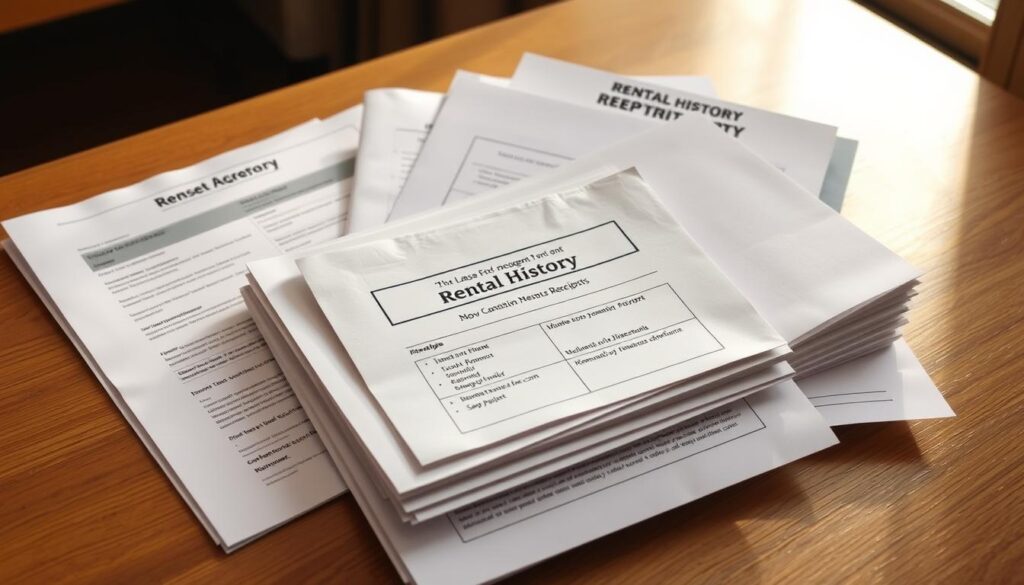
Using Letters of Recommendation and Credit Evidence
Written endorsements from previous landlords carry significant weight. One property manager states: “Tenants providing three reference letters secure concessions 40% faster than those without.” Pair these with credit reports showing scores above 670—a threshold many owners associate with reliability.
Consider this data from a 2024 RentPrep study:
| Credit Score Range | Average Rent Reduction | Approval Rate |
|---|---|---|
| 580-669 | 2.1% | 64% |
| 670-739 | 3.8% | 82% |
| 740+ | 5.2% | 94% |
Building Trust Through Consistency and Responsibility
Maintain organized records of past interactions. A tenant in Tampa reduced their apartment renewal rate by 8% after presenting:
- Two years of autopay confirmation emails
- Before/after photos showing improved landscaping
- Notarized letter from previous property owner
Regular communication strengthens relationships. Inform landlords promptly about maintenance needs or life changes affecting lease terms. This transparency builds goodwill that often translates to flexibility during formal discussions.
Update your tenant portfolio annually. Include recent payment records, updated credit reports, and new references. As markets shift, this information reinforces your position as a stable occupant worth retaining.
Conclusion
Navigating rental discussions confidently hinges on understanding market dynamics and personal value. Tenants who combine localized data with clear communication often achieve sustainable agreements. Key elements include analyzing comparable listings, timing conversations during low-demand periods, and maintaining professional dialogue.
Building a strong tenant profile strengthens your position. Consistent payment records, references, and documented care for properties demonstrate reliability. Presenting verified rent rates and creative concessions—like extended leases or skill exchanges—can align interests with landlords.
Local agencies like Babcock Ranch Homes offer specialized support for these discussions. Their team provides current market information and strategic insights tailored to your apartment or property needs.
By applying these evidence-based approaches, renters secure terms that reflect fair value while fostering positive landlord relationships. Start your next conversation equipped with facts, flexibility, and a focus on mutual benefit.







